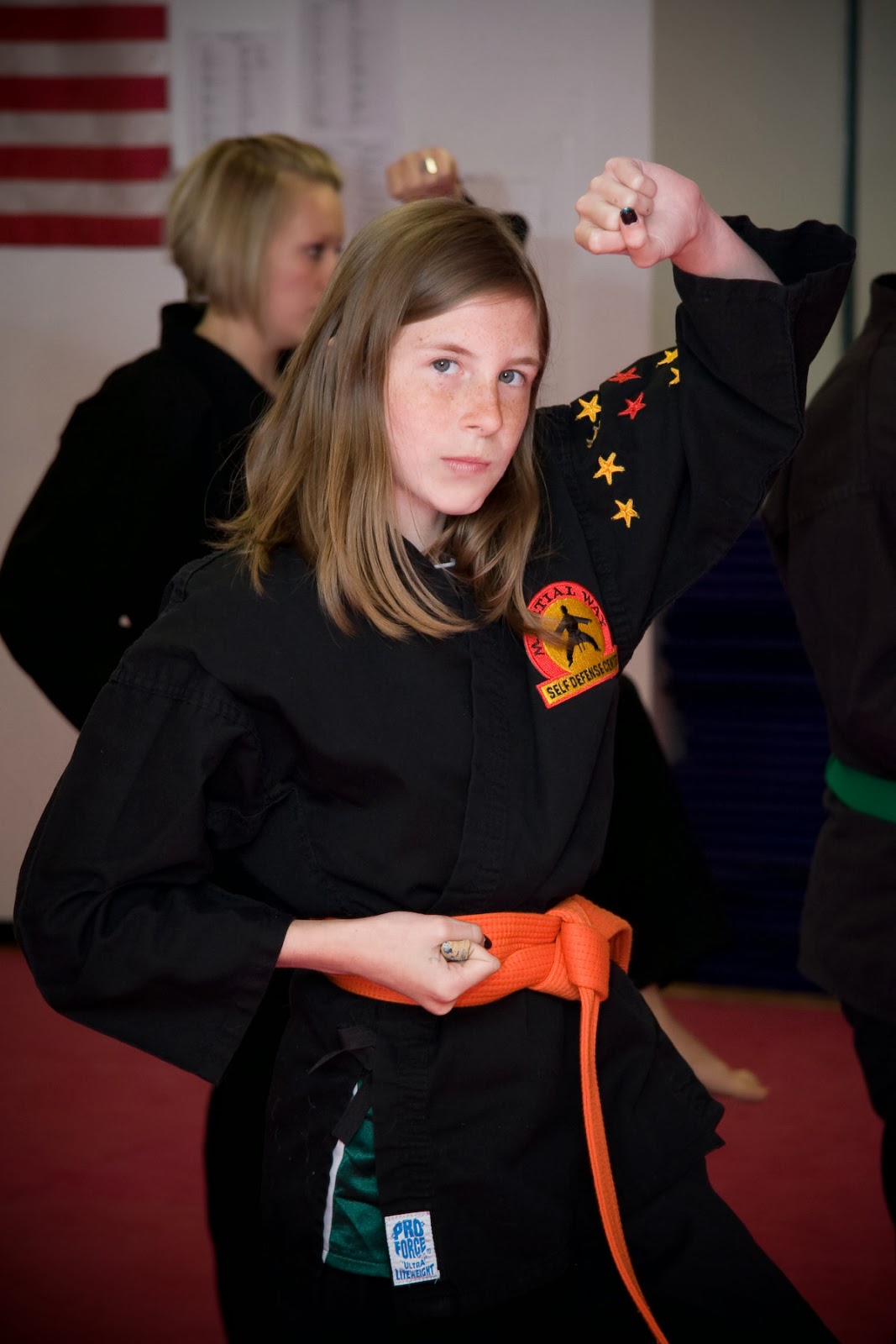The Case for Martial Arts
The Institute of Medicine recently made recommendations for “strengthening and improving programs and policies for physical activity and physical education in the school environment." The recommendations were based on the fact that the physical, emotional and cognitive benefits of moderate to vigorous physical activity (MVPA) are well-documented, and that schools provide an opportunity to help children in these areas.
The evidence is overwhelming and the opportunity is at hand. As our schools once took the lead in providing vaccinations for children, they are now becoming more involved in promoting overall wellness. Nutrition, mental health, and social development are being addressed not only in addition to academic success, but in their powerful connection to it. The classroom, as a place of learning, should address all of these concerns. The need for MVPA is one that can be addressed, and therefore, it should be.
 |
| Practicing forms develops attentional skills. |
Martial Arts teachers have long been aware of the benefits their young students get from their training. Parents often report that their children get better grades, have increased self-esteem, display more respectful behavior, and acquire more self-control as a result of their martial arts classes. Martial arts not only has numerous benefits beyond the typical MVPA, it is an activity well-suited to the classroom in that it has a tradition of learning, requires little or no equipment, and contains a powerful system of short and long-term goals, in the belt-ranking system.
Most martial arts programs teach a progression of movement sequences known as katas, or forms. Learning the forms helps students develop sequencing and attentional skills, important cognitive tools. The forms start with simpler movements at the beginner level, and progress to more complex movements at the higher level. The more advanced student not only possesses superior physical skills, but also greater knowledge of forms than the beginner. This emphasis on knowledge and learning lends itself well to the classroom environment.
The martial arts dojo, or training hall, can be anything from the ornate to the minimalistic, but usually require little equipment beyond the floor space. Successful dojos can be run in vacant lots, church basements, backyards or garages, and, certainly, classrooms. One literal translation of dojo is, “a place of the way”. It is a place of learning the way of a particular discipline. In this sense, a classroom is already a dojo.
 |
| Bushintai-Do belts hang in a classroom "dojo." |
Grades, the external measurement of academic success, are one indicator of proficiency. They provide a clear and powerful goal for many students. The same can be said of the belt-ranking system of the traditional martial arts. While they are proficiency-based, they reflect a variety of attributes beyond natural ability. Determination, patience, and resiliency are all the keys to achieving rank, and natural ability does not provide a shortcut to success. All students, regardless of physical or cognitive gifts, progress at the same rate. This encourages a disciplined, process-based approach to learning, which more resembles an academic pursuit than an athletic one.
Martial arts is an excellent way to address the physical, behavioral, and cognitive needs of the student. The only thing the average classroom lacks, in regards to teaching martial arts, is the martial arts teacher. Bushintai-Do for the Classroom was developed specifically for this purpose.David Quinlan, Founder and Lead Instructor
Bushintai-Do Programs
Milton, Vermont

